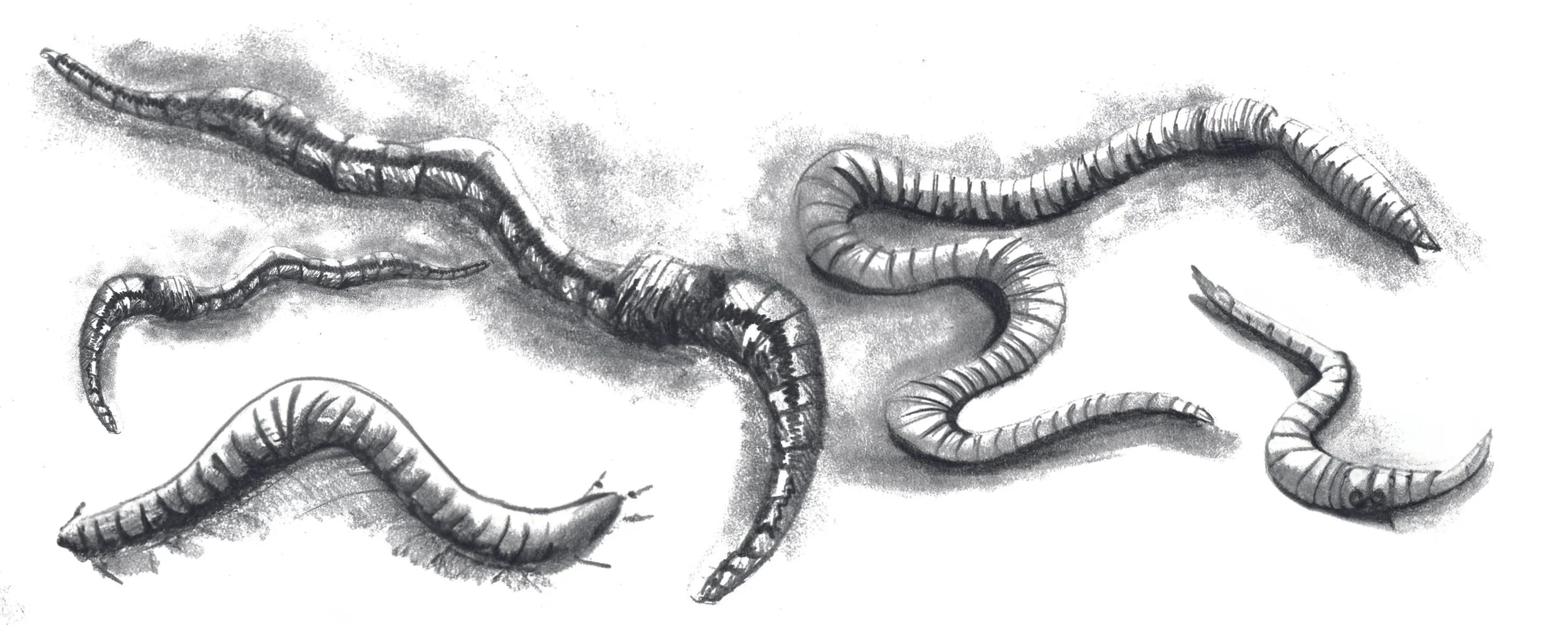From Waste to Wonder: How EM and Worms Create the Ultimate Living Compost
Credit Leigh Jackson
A Healthier Garden Starts Below the Surface
If you’re passionate about growing healthy plants, reducing waste, and working in harmony with nature, you already know that soil life is everything. But not all compost is created equal — and not all microbes are the same.
That’s where Effective Microorganisms (EM) and vermicomposting come in.
Together, they can supercharge your soil biology, reduce disease pressure, and help your plants thrive — naturally.
🪱 What Makes Worm Compost So Powerful?
Worm castings (vermicompost) are often described as "magic dust" for soil — and for good reason. Unlike many commercial composts that are sterilised and biologically inactive, worm compost is alive with beneficial microbes.
Worms don’t just break down waste. In their guts, they transform it, creating a rich blend of bacteria, fungi, and enzymes that can help:
Improve seed germination
Boost plant resilience to pests and stress
Increase nutrient availability
Support long-term soil structure and fertility
When combined with EM, the results are even more impressive.
🌿 EM + Vermicompost = Living Soil Boost
EM (Effective Microorganisms) is a natural probiotic for soil — a carefully balanced mix of beneficial microbes including lactic acid bacteria, yeasts, and phototrophic bacteria. When introduced into composting systems or directly into soil, EM supports faster breakdown of organic matter and enhances microbial diversity.
Credit Leigh Jackson
When used with vermicomposting, EM helps by:
✔️ Reducing odours and speeding up the composting process
✔️ Preventing harmful anaerobic conditions
✔️ Encouraging even more beneficial microbial growth
✔️ Supporting healthier, more consistent compost quality
The result? A biologically active, nutrient-rich compost you can apply directly to your garden beds, potting mix, or even make into a compost tea.
🛠️ Getting Started: Simple Composting, Big Results
You don’t need fancy equipment. A worm farm can be as simple as a box with drainage and ventilation. Here are a few tips:
Feed the microbes, not just the worms: Worms eat microbial slime, not solid food. Use food scraps that break down quickly, and consider pre-treating them with bokashi and EM for faster conversion.
Balance carbon and nitrogen: Use dry leaves, shredded cardboard, or wood chips to keep your compost airy and well-balanced.
Use EM regularly: Spray your compost pile or worm bin with EM to promote healthy microbial populations and reduce harmful fermentation.
Keep it moist but not wet: Microbes and worms need water to move — aim for the consistency of a wrung-out sponge.
Apply and observe: Use your living compost when planting, transplanting, or as a microbial inoculant. Watch your soil and plants respond!
🌍 Why Homemade Compost is Always Better
Bagged compost might seem convenient, but it’s often lifeless. Most commercial products are sterilised to meet storage and transport requirements. That means they may lack the living microbes your plants truly need.
By creating your own EM-enhanced vermicompost, you’re working with nature — using indigenous microbes, reducing food waste, and building a healthy soil ecosystem from the ground up.
Ready to Get Started?
We’re here to support you on your soil health journey. Whether you're already using EM, exploring worm farming, or just compost-curious.
Let’s turn food waste into living compost — and your garden into a thriving ecosystem.


